Blog

#bioPGH Blog: Daffodils and DNA
 A resource of Biophilia: Pittsburgh, #bioPGH is a weekly blog and social media series that aims to encourage both children and adults to reconnect with nature and enjoy what each of our distinctive seasons has to offer.
A resource of Biophilia: Pittsburgh, #bioPGH is a weekly blog and social media series that aims to encourage both children and adults to reconnect with nature and enjoy what each of our distinctive seasons has to offer.
That floats on high o'er vales and hills,
When all at once I saw a crowd,
A host, of golden daffodils;
Beside the lake, beneath the trees,
Fluttering and dancing in the breeze...
-Excerpt from “I Wandered Lonely as a Cloud,” William Wordsworth
When they aren’t inspiring writers and artists, daffodils are a true herald of spring time. Their bright colors seem to beckon sunny days, and even though most of our cultivars are only in bloom for a few weeks, they have established their image in pop culture as a seasonal staple. Originally native to the Iberian Peninsula, daffodils are another bulbous flower that made their way across the world along trading routes. Their modern classification stems from Linnaeus’ description of them in 1753, though the flowers were quite well-known for centuries before that. Today there are possibly as many as 200 wild species of daffodils, but upwards of 25,000 modern cultivars known commercially.
Ironically, daffodils are both a good and a confusing flower to start learning flower anatomy. One the one hand, daffodils have both male and female flower parts, modeling the classic flower anatomy of textbooks. In the very center of the daffodil is a slender tube called the pistil (female). The pistil is made of three parts: the ovary at the base, the stigma at the very top, and the style—the slender tube that connects the ovary to the stigma. Surrounding the pistil are the stamens (male) – slender extensions called filaments with pollen-covered anthers on top.
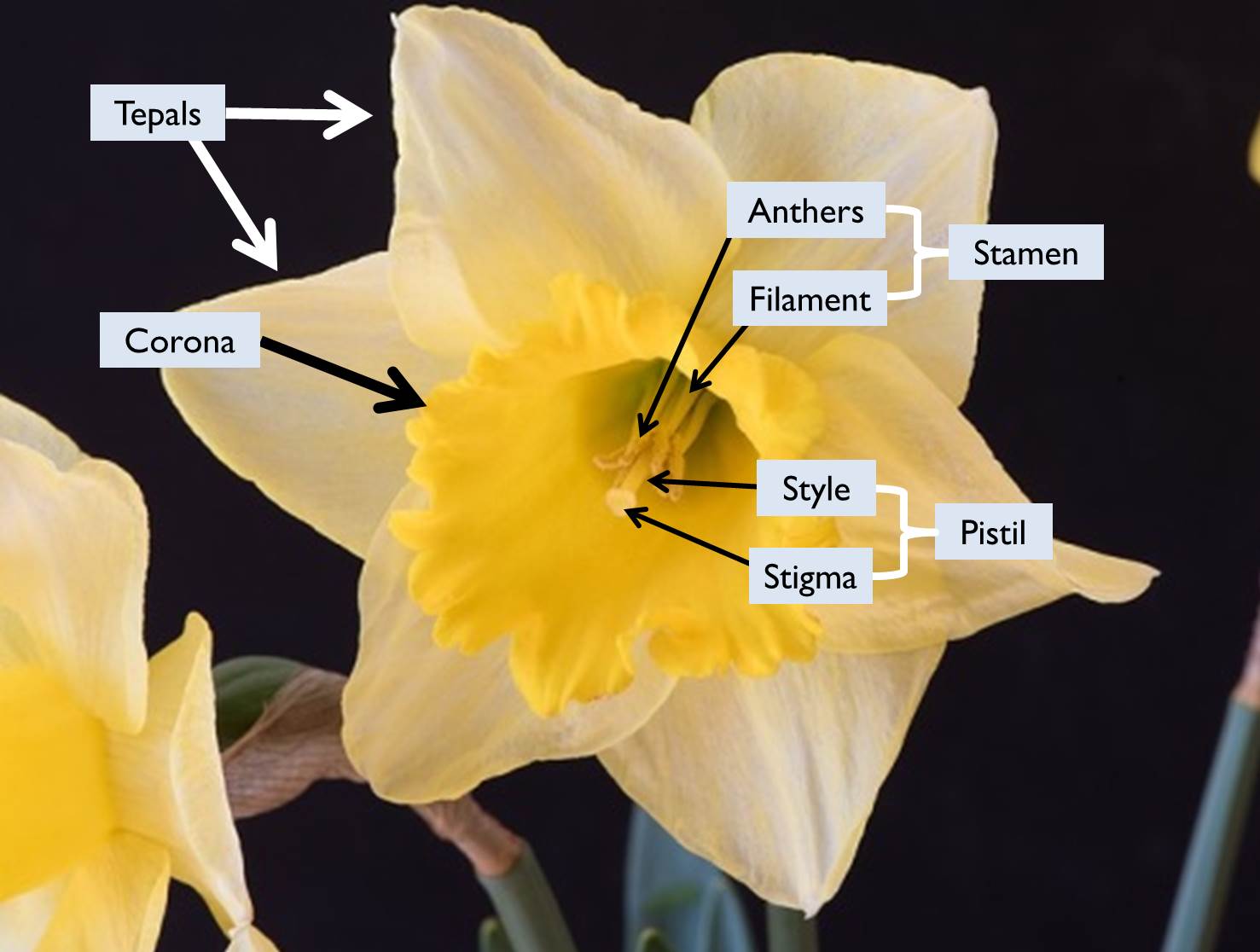
The “petals” of the daffodil, though, are where things get interesting. Though the flower may appear to have petals that are just shaped unusually, the petals aren’t really petals at all! That center “tube” of the daffodil containing the stamen and pistil is called the cup, or the corona. If you were to look at a tiny piece of the corona under a microscope, the actual plant tissue is somewhat petal-like but it is also somewhat stamen-like (which causes for some interesting discussion in the plant science world). The “petals” that frame the corona are actually called tepals—a word that acknowledges their shared characteristics of both petals and sepals (the leafy bit normally around the outside of a flower bud).
Whether you are interested in up-close daffodil detail, or you appreciate them as a beautiful symbol of spring - enjoy! They may be short-blooming, but they are lovely while they are here!
Connecting to the Science Tip: If you’re up for an adventure, here is one way of exploring daffodils on a whole new level! Do you have daffodils planted in your yard? Once the daffodils have finished blooming, try extracting DNA from the leaves using this protocol from the University of Utah. Try to collect the leaves of at least ten daffodils, and beyond that, you will only need simple household products like dish soap, meat tenderizer, salt, and rubbing alcohol. Following proper lab safety, wear gloves and glasses when handling the blender slurry of daffodil, and be sure not to eat any of it. Daffodils can be a skin irritant, and they are not safe to eat. I tried this protocol this week, and you can see images below of how easy it is - perfect for families! I used actually used spinach since our spring flower show is too pretty to touch!
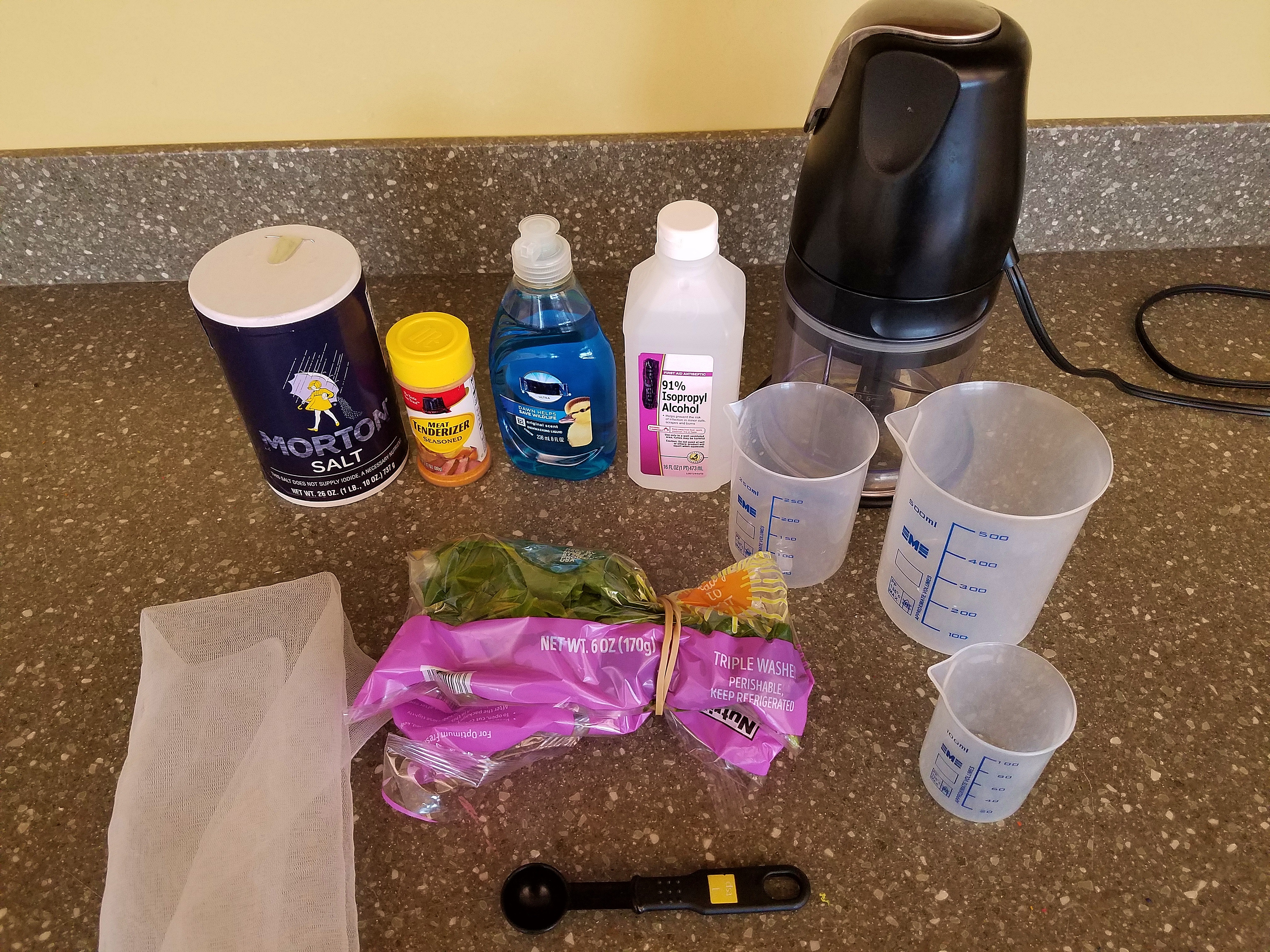
All of my supplies. I used beakers with metric measurements, but the protocol also has instructions for using standard/imperial measuring. *Note, the brands are for the products are interchangeable.
Step 1 - Spinach Slushy
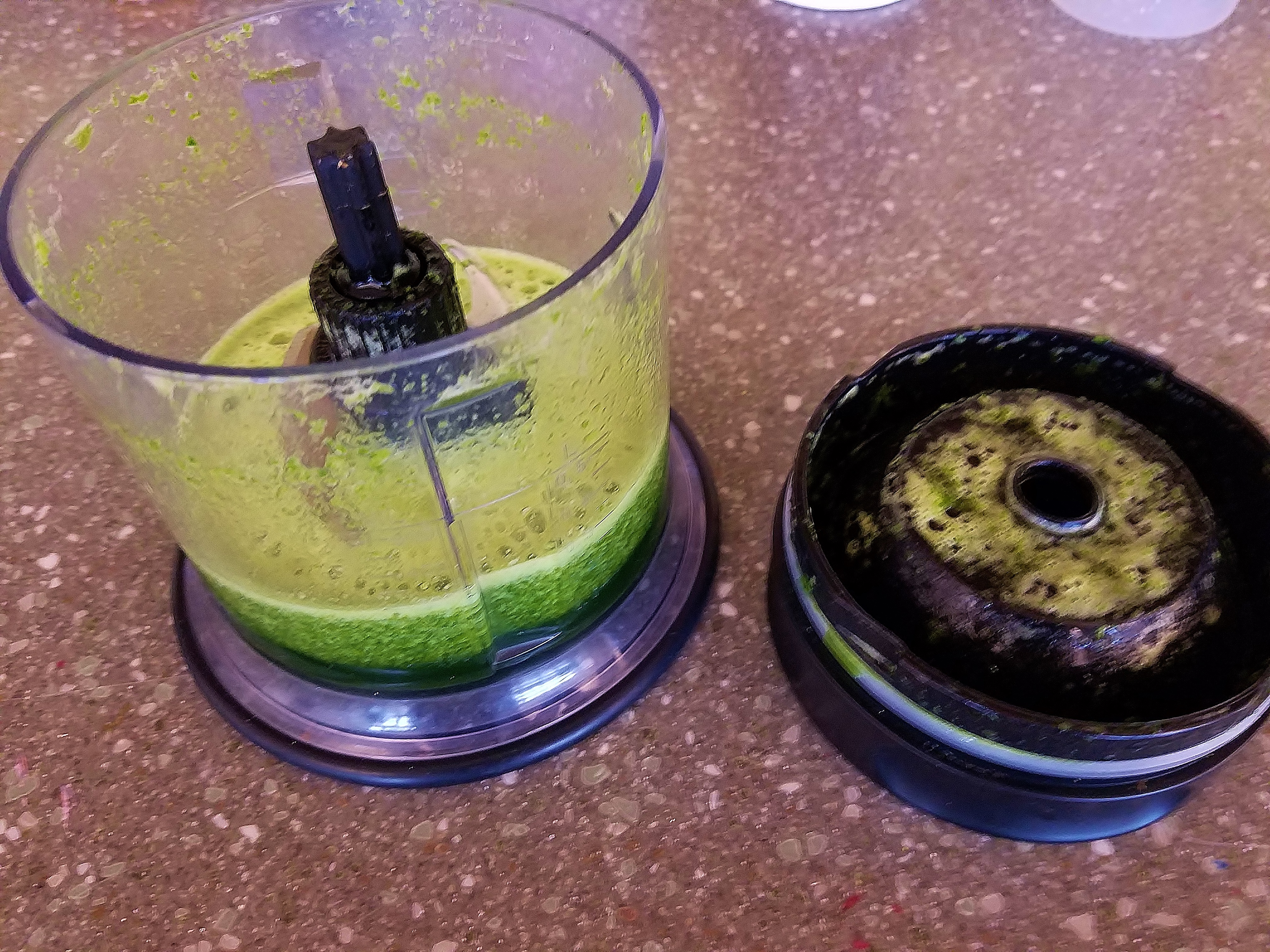
Be sure not to over-blend! The protocol advises only 15 seconds.
Step 2 - Strain and Soap
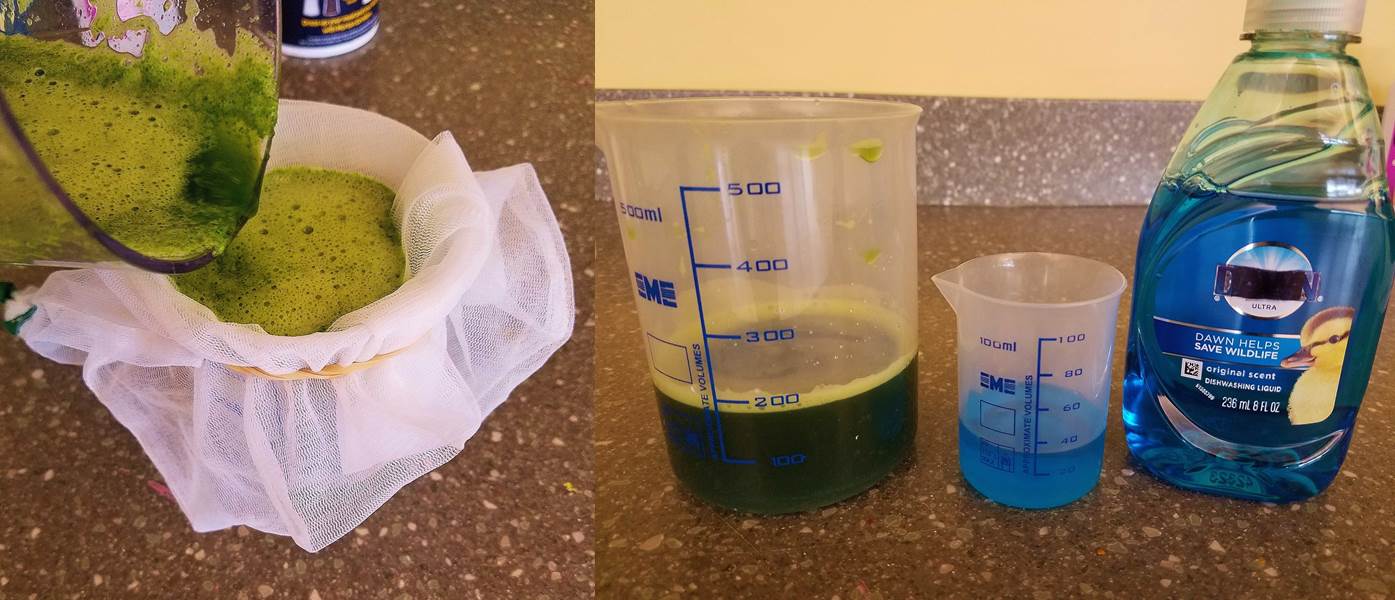
I used a reusable produce bag rather than a strainer. When pouring the dish detergent, be sure to scrape the side of your measuring cup!
Step 3 - Enzymes!
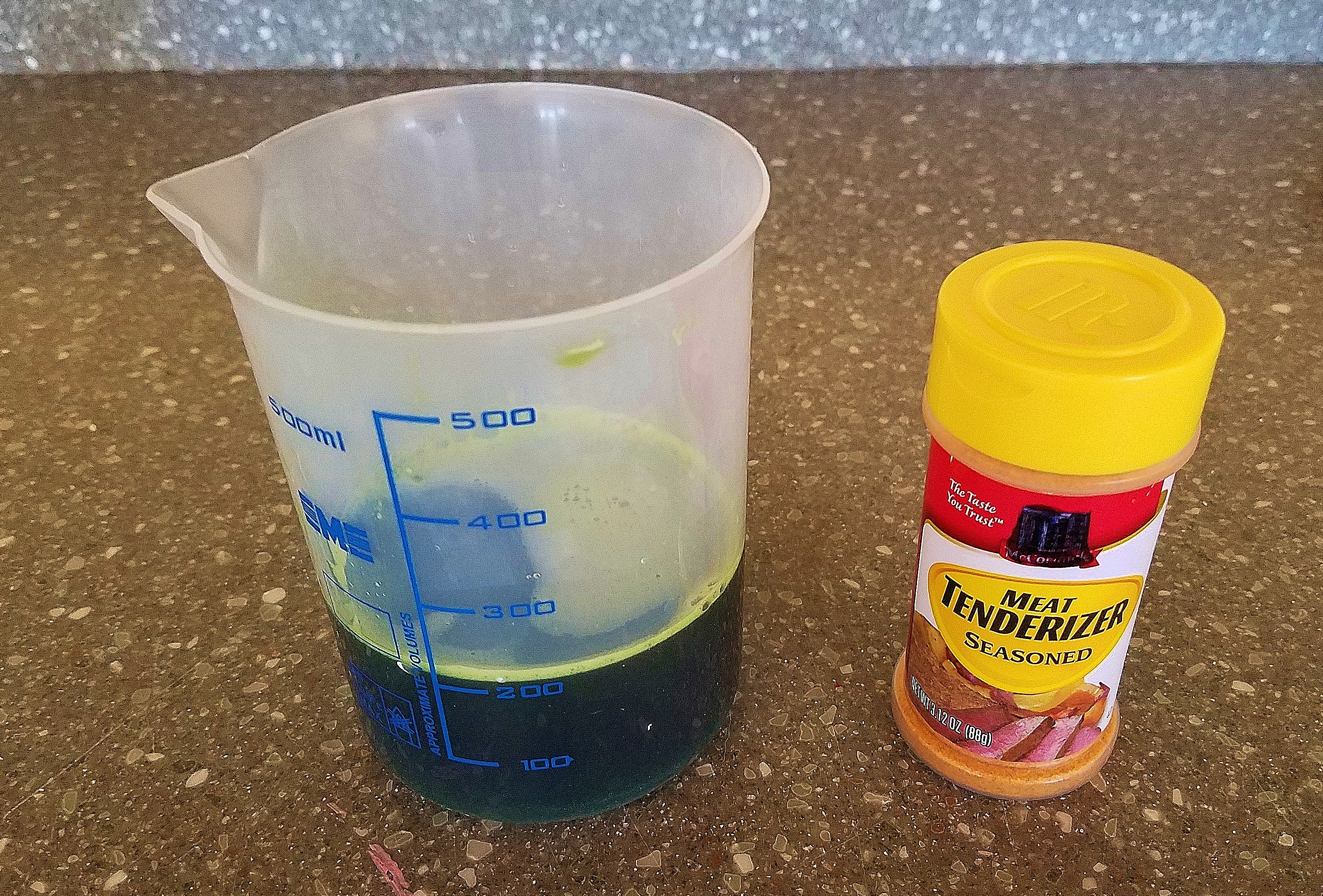
What are enzymes? Short answer: they break things down. You are adding them here to help break down the special proteins that help with DNA storage in cells.
Step 4: Slow and Steady Does the Trick
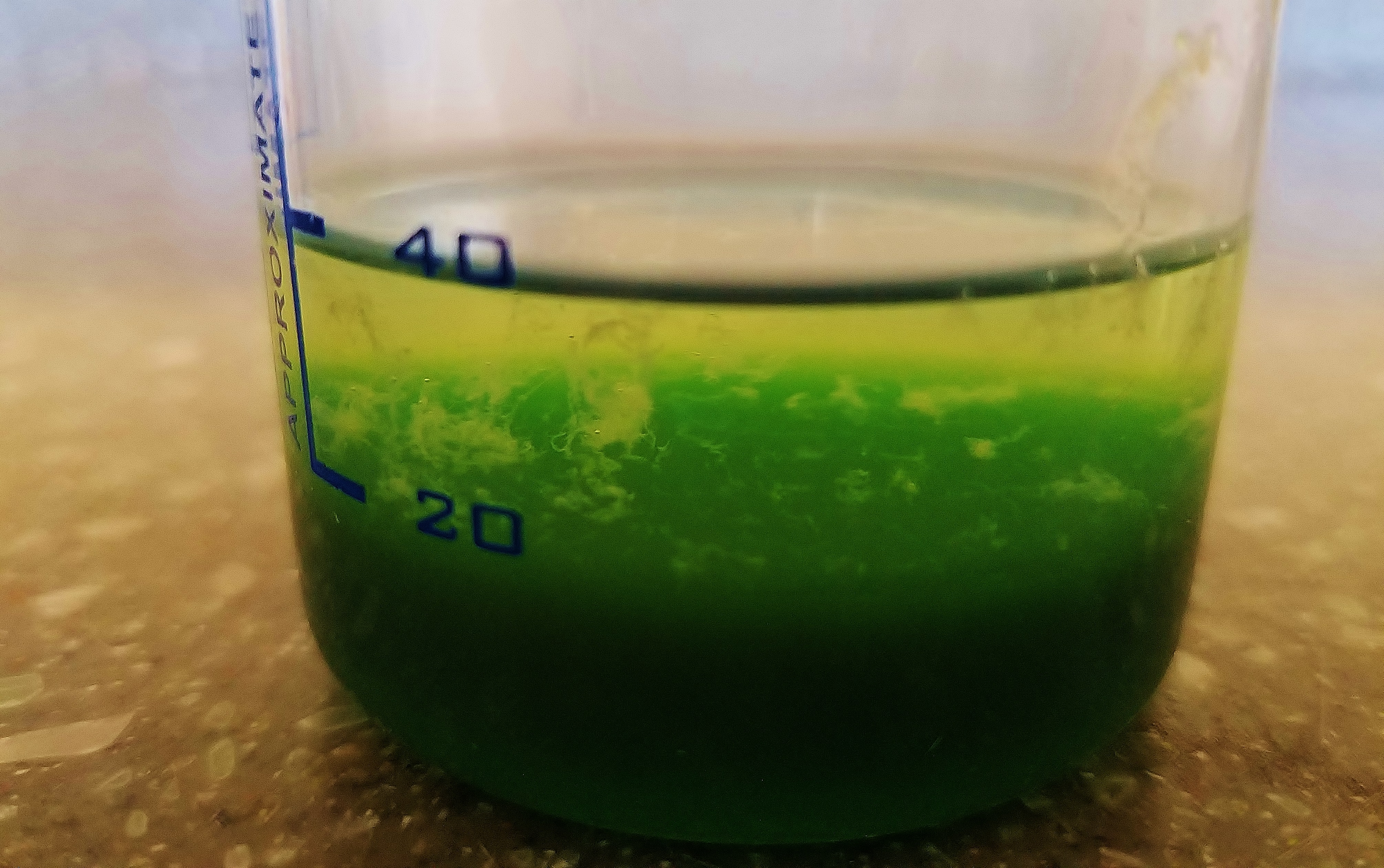
When you add the alcohol, be sure that your container is tilted and pouring very carefully and slowly. You will want to see the two separate layers - alcohol on top, slushy at the bottom. The floating white bits that come out of solution (the reverse of dissolving) are the bits of DNA!
And there you have it!
All of that white material that is being swirled about is DNA. There are some soap bubbles clinging to it, but if you use a cotton swab, you can swirl around the DNA and see the long threads. In humans, if you unraveled one complete set of chromosomal DNA, the total strand would be roughly six feet long.
If you try this protocol at home, it’s a great opportunity to discuss with your kids or lab partner…what is DNA? In conversation we may refer to it as “the blueprint of life,” but really, what is this mysterious stuff? DNA is very tiny, but if you could see it under the most powerful of microscopes, it looks like an incredibly long ladder that someone twisted like party streamers. If you were able to look extremely closely at the individual steps in the ladder, you would see that each step is made of two “halves” linked together. Each of those halves is a special molecule called a base. DNA has only four different kinds of bases, but the sequence of those bases along the ladder is what holds information—like a secret code. Long stretches of a coded message is what we call a gene. Think of it this way: all of your DNA is like a really, really long book, and each gene is a chapter in that book. Humans have about 19,000-20,000 gene “chapters” in our DNA “book!”
Give DNA extraction a try, and always remember to keep exploring and keep learning!
Resources
NIH Inside Life Science: Genetics by the Numbers
Encyclopedia Britannica Kids—DNA
Photo credits: Header, Forest Wander CC-BY-SA-3.0-US. Cover, Pexels CC0. Labelled Daffodil, modified from Pexels CC0.

